-
Membership
Membership
Anyone with an interest in the history of the built environment is welcome to join the Society of Architectural Historians -
Conferences
Conferences
SAH Annual International Conferences bring members together for scholarly exchange and networking -
Publications
Publications
Through print and digital publications, SAH documents the history of the built environment and disseminates scholarship -
Programs
Programs
SAH promotes meaningful engagement with the history of the built environment through its programsMember Programs
-
Jobs & Opportunities
Jobs & Opportunities
SAH provides resources, fellowships, and grants to help further your career and professional life -
Support
Support
We invite you to support the educational mission of SAH by making a gift, becoming a member, or volunteering -
About
About
SAH promotes the study, interpretation, and conservation of the built environment worldwide for the benefit of all
SAHARA Highlights: Clubs
Jul 20, 2022
by
Jacqueline Spafford and Mark Hinchman, SAHARA Co-Editors
Clubs are formed to provide a formalization of shared interests, goals or values. These can be inclusive or exclusive, or both—accommodating common allegiances and pursuits, while excluding based on race, gender, income, education, religion, political affiliation, and other factors. The SAHARA collection contains photographs of clubs of every type. There are sports and recreation clubs, such as the Ausable Club, and clubs whose members have a very specific common interest, such as the Black Eagles Motorcycle Club. There are clubs formed to serve as a welcoming space for a subset of a community, such as the Italian Club of Tampa or the Autocrat Social Club. There are fraternal orders with strict membership boundaries, such as the Masonic Lodge. Some clubs are gendered spaces, such as Boodle’s Club. Clubs are formed to offer a communal space for workers, members of the military, students, or travelers. Thank you, as always, to our contributors, who document such a wide variety of locations and subjects.
To see more SAHARA content: sahara.artstor.org/#/login
To learn more about contributing, visit: sah.org/publications-and-research/sahara
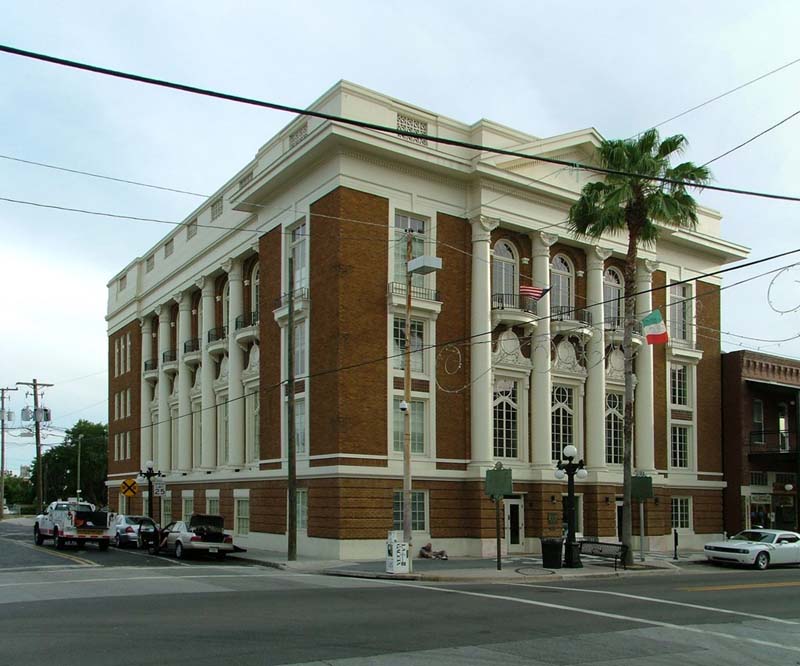
B.C. Bonfoey and Leo Elliott, the Italian Club of Tampa (L'Unione Italiana), Tampa, FL, 1918. Incorporating Italian, Spanish and Greek architectural elements, the club was founded by and for the new community of Italian immigrants. It has been used for sports and recreation, meetings, social events, and served as a mutual aid society. Photograph by Peter Clericuzio, 2013.
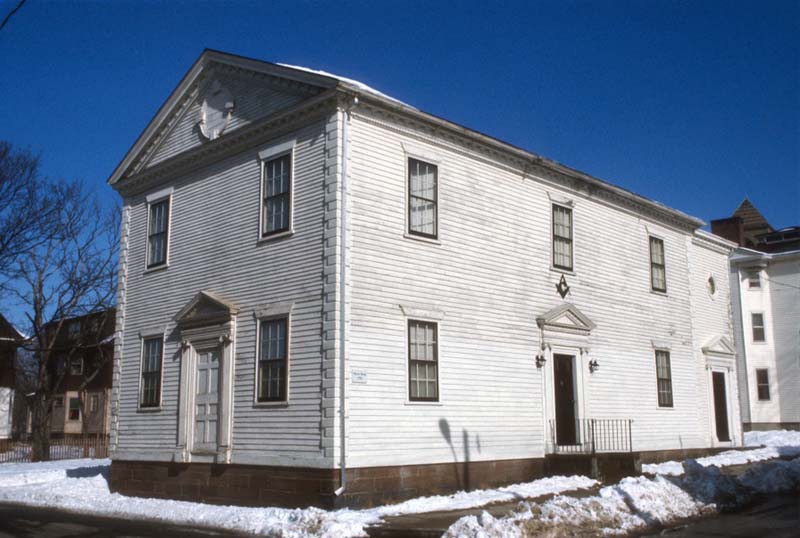
Washington Lodge No. 3, F. & A.M., Bristol, RI, ca 1800. The second oldest continuously used Masonic Temple in North America, it was granted a charter in 1796. Photograph by Dell Upton, 1975.
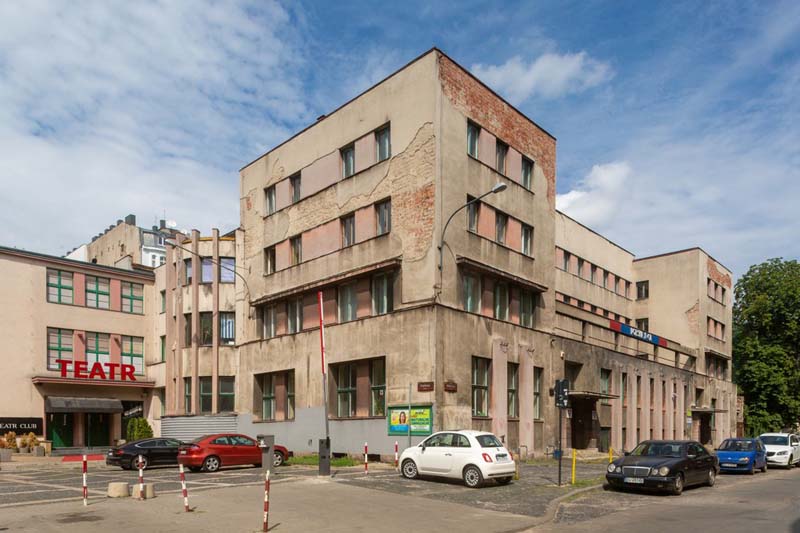
Wiesław Lisowski, YMCA Łódź, Łódź, Poland, 1932–35; rebuilt 1949. Known in Poland as the Christian Young People Association, the American YMCA came to Poland during World War I. In 1923 the Polish YMCA was founded. Photograph by Zachary Violette, 2019.
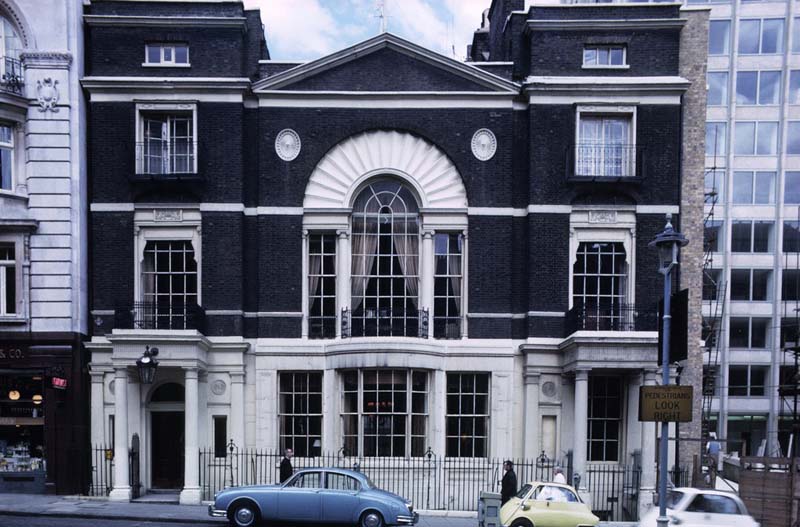
John Crunden, Boodle’s Club, London, UK, 1776. The club was founded in 1762 as a social and non-political gentlemen’s club, and counted Adam Smith, Winston Churchill and Ian Fleming among its members. It is the second oldest club in the world. Photograph by George Bishop Tatum.
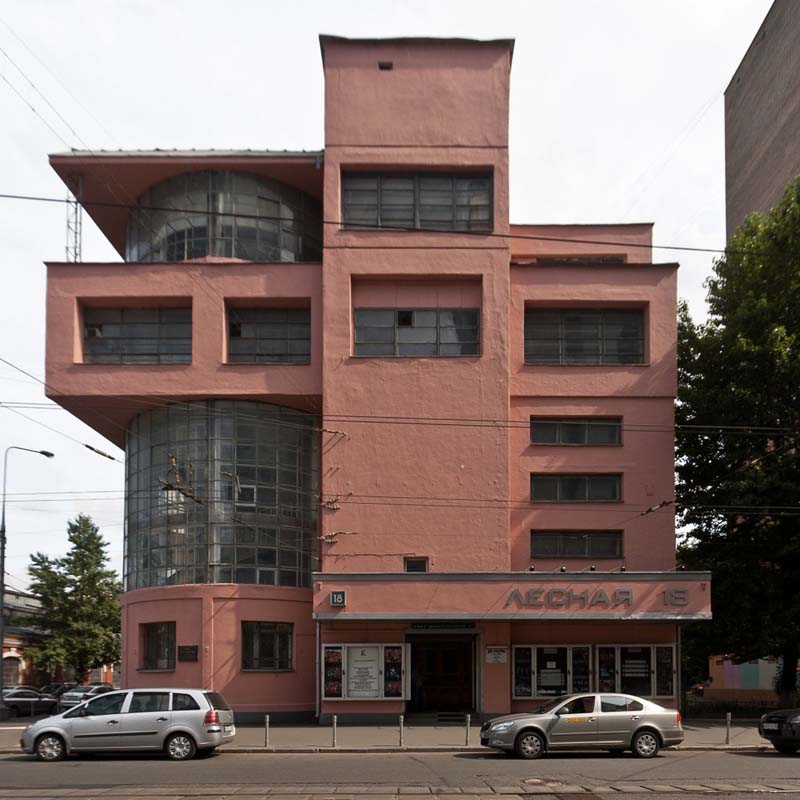
Il’ya Golosov, “Zuev” Workers Club/House of Culture, Moscow, Russia, 1927–1929. This example of Russian Constructivism incorporates a hinge-like glass cylinder at the corner. Photograph by Evangelos Kotsioris, 2013.
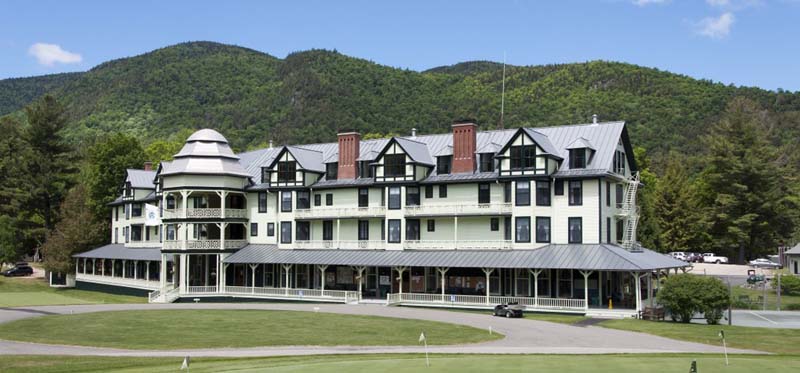
Wilson Brothers & Company, the Ausable Club, Essex, NY, 1890. This clubhouse for the Adirondack Mountain Reserve was built in four months to replace an earlier structure that was destroyed by fire, and features angled window bays to accommodate guests’ views. Photograph by Richard Longstreth.
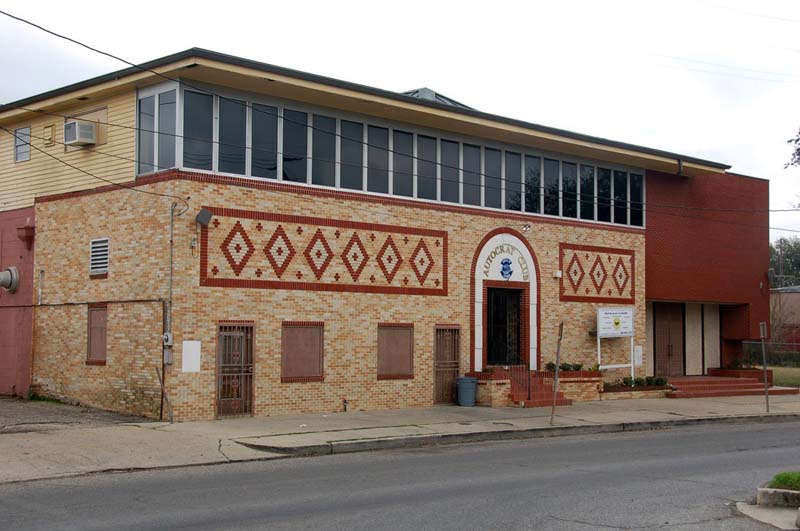
H. Olivier, the Autocrat Social Club, New Orleans, LA, founded 1914; built 1924; expanded 1954. One of New Orleans’ elite black social clubs. Photograph by Dell Upton, 2012.
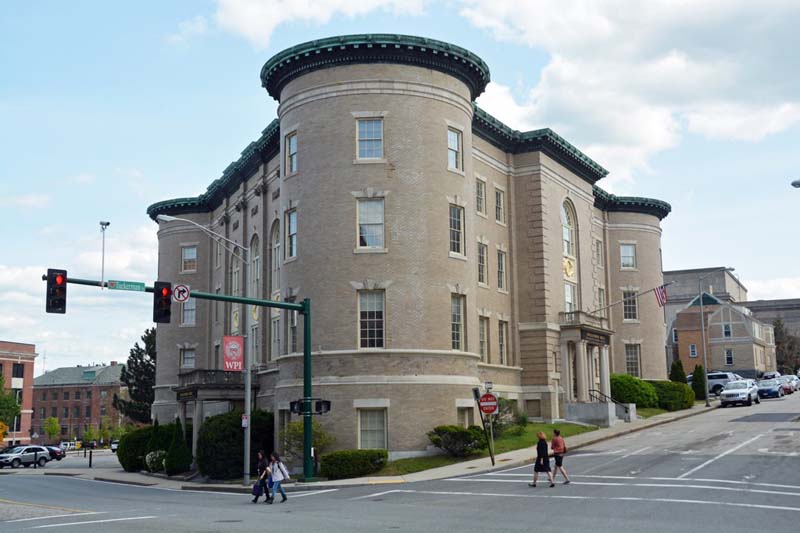
Josephine Wright Chapman, Tuckerman Hall, Worcester, MA, 1902 (renovated 1999). Built for the Worcester Women’s Club, now a performance space. Photograph by Dell Upton, 2016.
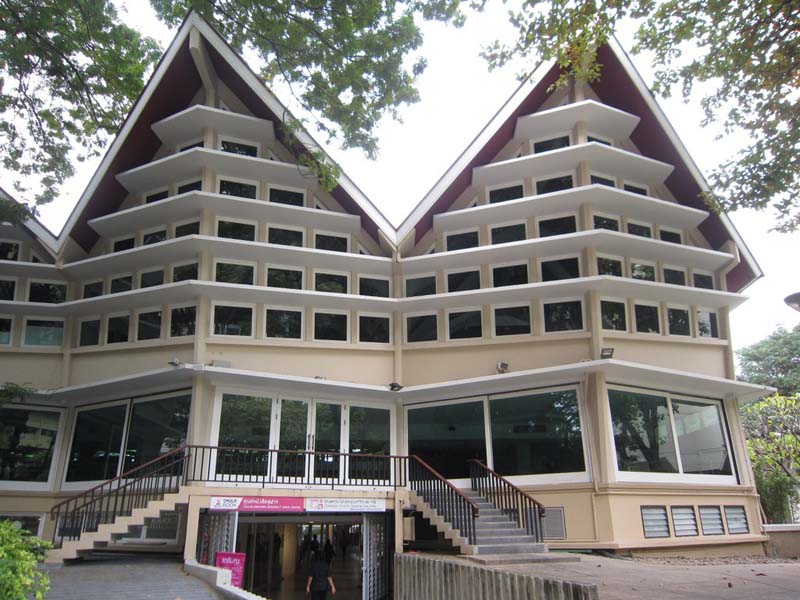
M.C. Vodhyakara Varavarn and Lert Urasyananda, Chulalongkorn University, the Student Union/Student Club, 1964. University student centers typically contain many separate clubs, defined by discipline, hobby, ethnic background, and other parameters. Photograph by Mark Hinchman, 2016.
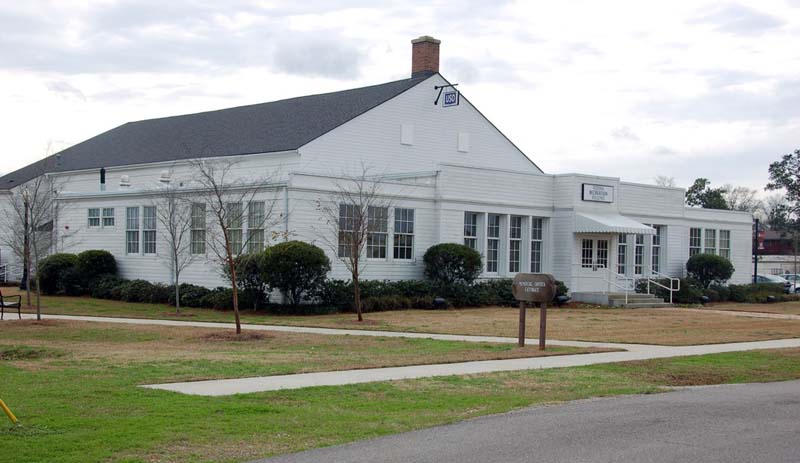
The East 6th Street USO Club, Hattiesburgh, MS, 1942. Built as a segregated USO club for black soldiers at nearby Camp Shelby; now the African American Military History Museum. Photograph by Dell Upton, 2012.
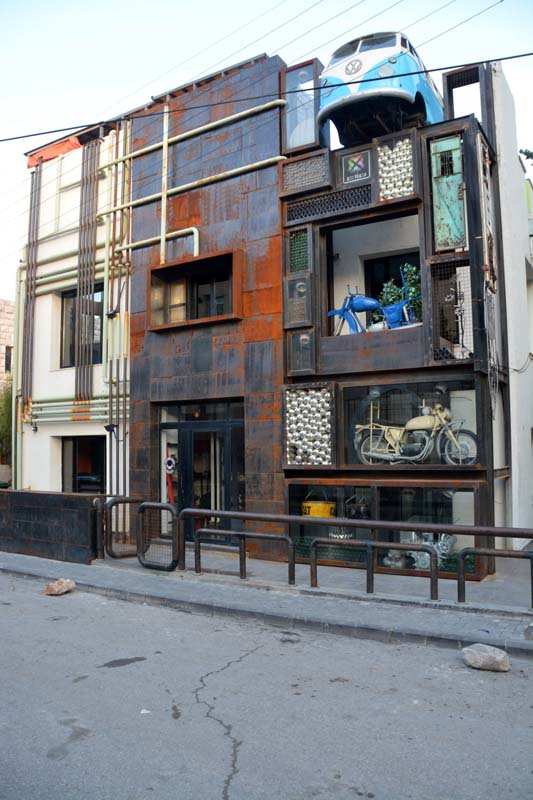
Black Eagles Motorcycle Club, Amman, Jordan, ca. 1990–2000. The BEMC was officially formed in Dubai in 2004 as the center to international chapters. Photograph by Dell Upton, 2016.


